II W.W.
| BEFORE II W.W. | II W.W.
|
AFTER II W.W. |
| UPDATED MAR 2024 | ME - CONTACT |
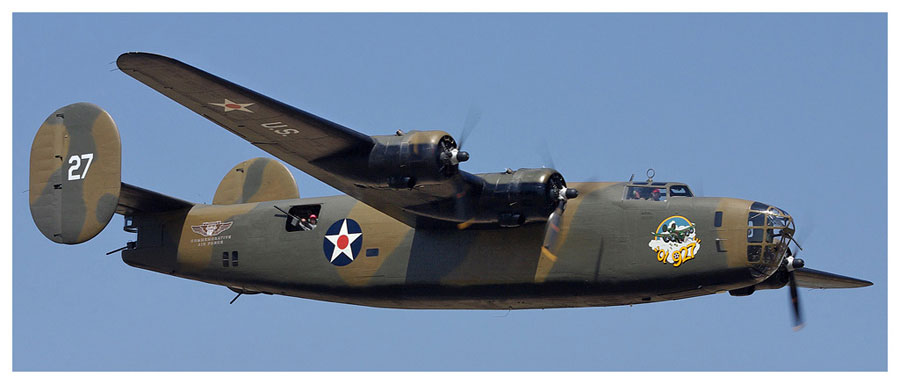 |
|
CONSOLIDATED B-24 LIBERATORWALTHAM AN 5743 |
|
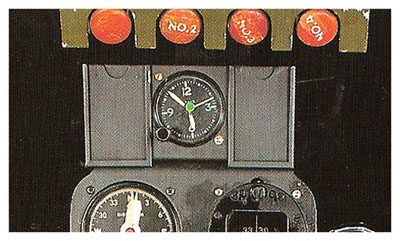 |
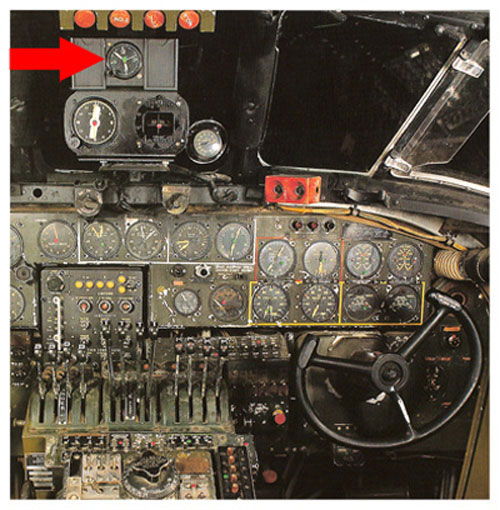 |
THE CLOCKThe AN 5743 was not designed for navigation, its purpose was to determine the time on an airplane with navigator and endurance of 18 hours. Walthman built this machine up to 1945. Some had 9 jewels and others had 11. Both could be winded up for eight days. |
|
The green numbers were not visible during the night, while the hands and the small marks in between the numbers are painted in a fluorescent color. All clocks like this were called A-11 by the US Army DOT |
|
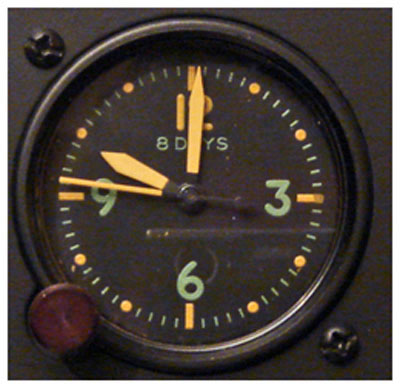 |
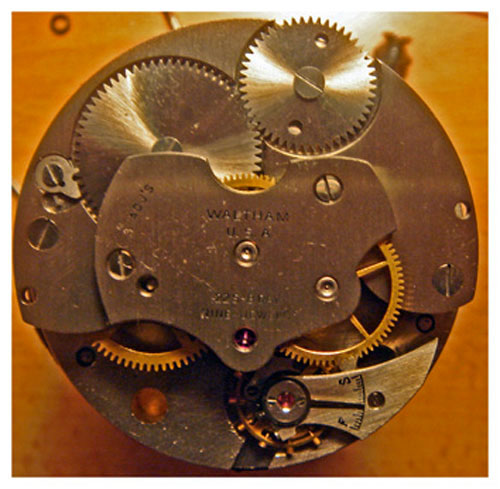 |
 |
|
|
|
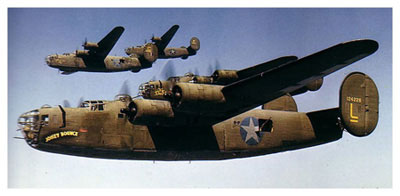 |
|
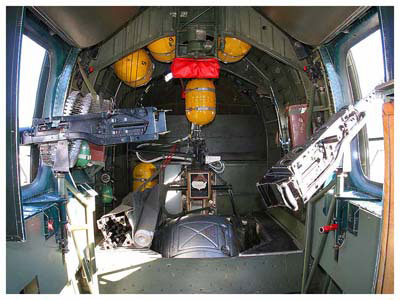 |
|
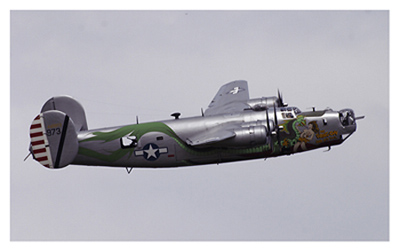 |
|
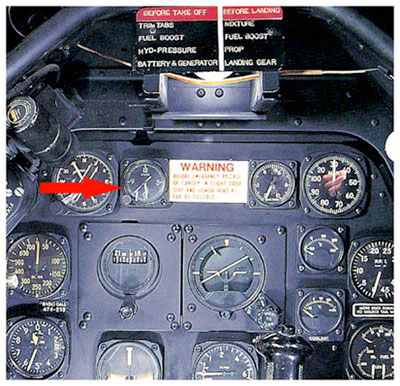 |
|
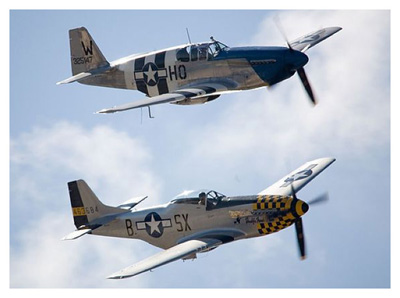 |
|
ATTACKING PLOETSI, OPERATION TIDAL WAVE |
|
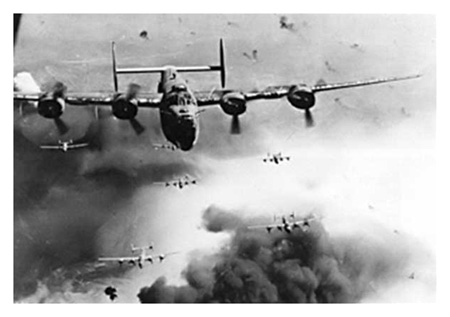 |
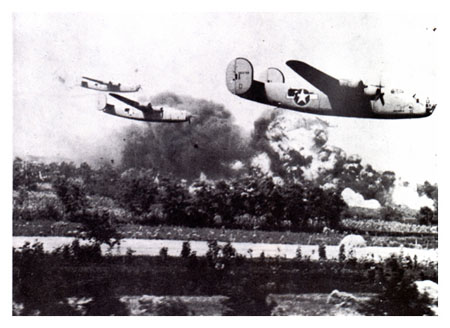 |
On August 1, 1943, the attack on the oil refinery in the city of Ploie?ti, Romania, was carried out. This plant supplied two-thirds of the fuel used by the Germans.Five attack groups participated with a total of 177 Liberator bombers and approximately 1,700 men. The action was based on a surprise attack at low altitude, exploiting the fact that the enemy defenses were expecting a high-altitude bombing. It was the first and last time that bombers were used at low altitude in an operation of this magnitude.The success of the operation depended largely on the surprise factor and, above all, on good weather. This was essential for precise navigation and to access the target by the most favorable route without being detected.En route to the target, the lead navigator's plane crashed. This caused the group to split into three parts due to bad weather. In addition, they were detected by enemy radar when they had to climb to clear mountains. They were forced to break radio silence to warn the lead group that they had made a wrong turn and were moving away from the target. Finally, they entered Ploie?ti from the south, instead of from the northwest as planned. This meant the definitive loss of the surprise factor, in addition to facing anti-aircraft defenses much superior to those expected.As a result of the attack, 532 men did not return (100 were taken prisoner) and 41 planes were destroyed, 30 of them unusable.Of the 7 main refineries, 1 was completely destroyed, 2 were unusable for months, 2 were back in operation in a short time, and 2 were not damaged. |
|
GO TO - CLOCKS FOR SALE |
GO TOP OF THE PAGE |
HOME |